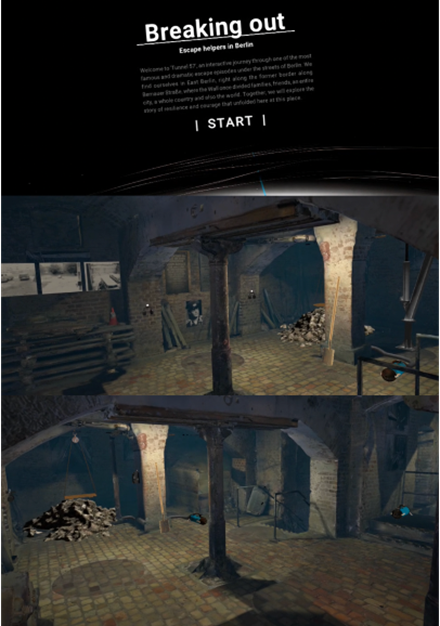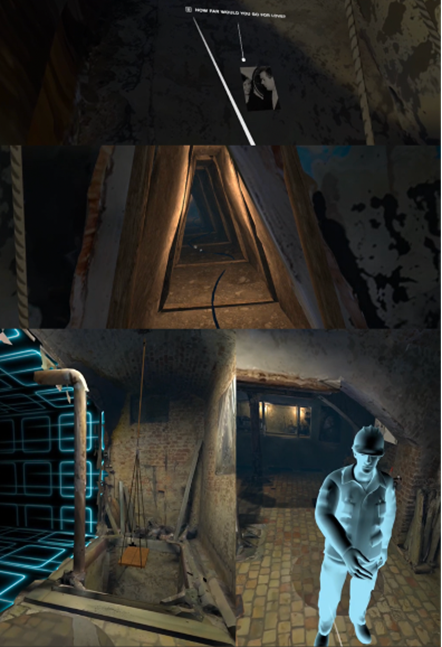By: Louise Hallström
As the first versions of the PRESENCE first playable apps reached completion – each app offering a glimpse into the different use case environments and its basic interactions – we invited participants to step into these immersive virtual worlds and share some first feedback. The goal of these sessions wasn’t just to understand how the apps could be improved, but also to uncover any ethical considerations that might arise and explore how we can address them early on in the development process.
We brought together a diverse group of participants to experience the apps of the different project use cases: professional collaboration, manufacturing training, health, and cultural heritage.
Actronika, a startup specializing in high-definition haptics, is part of the 17 European members who will bring to life the new project funded by the European Commission within the Horizon Europe, PRESENCE. A project that aims to make hyper-realistic human interactions in XR-based environments a reality.
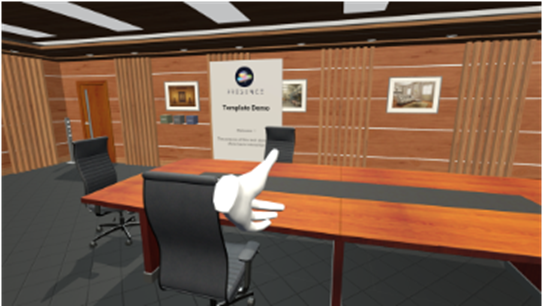
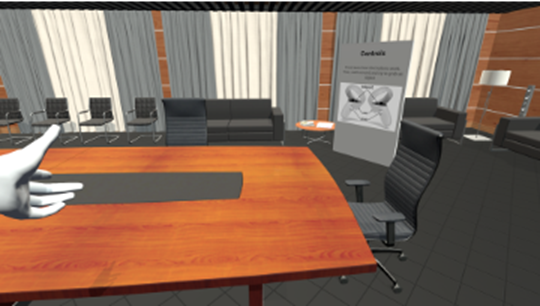
The professional collaboration app allows users to explore a virtual conference room where they were tasked with designing a chair together. It was a multi-user experience, where two participants were in the virtual environment at the same time.
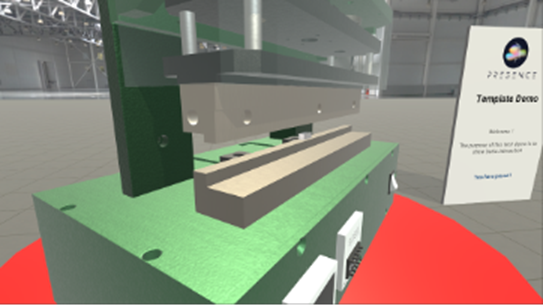
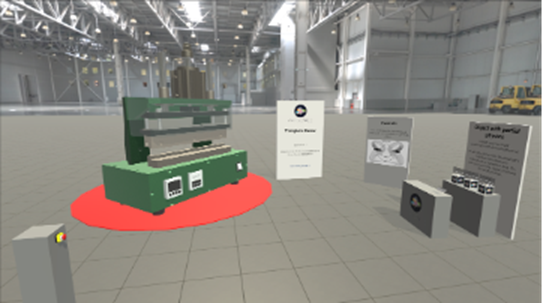
In the manufacturing training app, participants practiced using a hydraulic press together in a hands-on virtual environment.
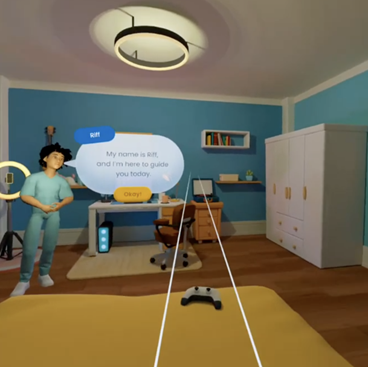
In the health use case app, participants experienced a VR environment designed to distract and calm them during a fake scenario of a blood drawing procedure.
The cultural heritage app is set in Tunnel57, where users find themselves in East Berlin inside the tunnel under the Bernauer Straße. In this experience, they get to explore the story of resilience and courage that unfolded there, as they escape the tunnel.
The sessions planned were both co-creation workshops and one-on-one interviews, to allow us to optimize the depth of the feedback and take into account the availability of participants. In each session, participants first tested the app and then shared their thoughts on what they thought worked, what could be improved, and what will need to be carefully considered to ensure inclusive, respectful, and beneficial technologies.
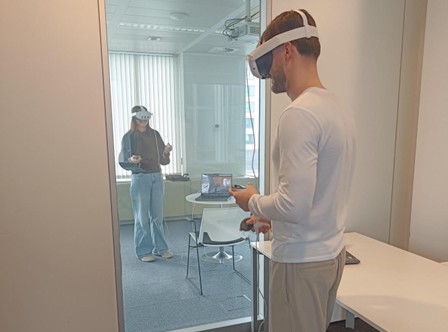
Multi-user testing session for the professional collaboration use case.
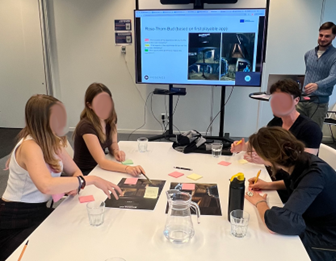
Workshop for the cultural heritage use case.
The themes that emerged during the sessions were broad, but it can be seen that across sessions and use cases, several themes were recurring:
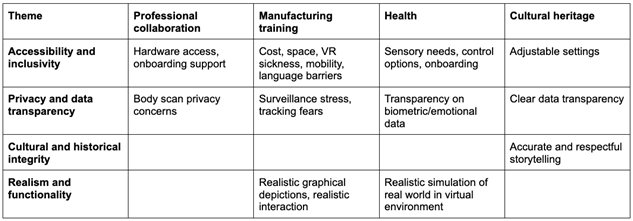
Table 1: Overview ethical themes
Accessibility and inclusivity
Participants across sessions emphasized that accessibility and inclusivity are core requirements, and that the technology must be usable for everyone, regardless of their age, technical expertise, or physical ability.
In the professional collaboration and manufacturing training use case sessions, participants were concerned about the potential financial and practical barriers posed by expensive hardware and the physical space needed for these types of experiences. Here, participants stressed the importance of providing access to hardware and physical space, be it through the design- or manufacturing companies themselves or through lending programs.
In the health and cultural heritage use case sessions, participants highlighted accessibility for diverse bodies and minds, ensuring that the experience accommodates both physical and sensory disabilities and neurodivergent conditions. Suggestions that emerged included ensuring adjustable features for different mobility needs, clear onboarding support, and a low-barrier user experience. As not all participants had prior experience with VR, they highlighted the importance of intuitive controls and adjustable settings to customize the level of immersion, for example to prevent VR sickness.
Across all sessions, intuitive design, multilingual support, adjustable difficulty and comfort settings, and clear onboarding were all considered vital to ensure accessible and inclusive VR experiences.
Privacy and data transparency
Participants across sessions highlighted the need for clear information on what data is collected, why it’s needed, and how it will be protected. Many expressed concern that capturing detailed personal data – from body scans and biometric data to performance metrics – could potentially feel intrusive and stressful if users don’t fully understand the purpose or can control its use. They called for clear regulations to prevent misuse and system abuse and ensure that they can feel respected and safe in these immersive spaces.
Cultural and historical integrity
This ethical theme is especially relevant in the cultural heritage use case. Here, the importance of accurately representing sensitive stories was widely discussed and emphasized. The group specifically called to avoid the romanticizing or oversimplification of historical events, and that the immersive storytelling must respect real-world histories and experiences if presented as depicting real events.
Realism and functionality
In the manufacturing training and health use case sessions, participants noted that there’s a fine line between providing accurate and immersive simulations of procedures and avoiding stress or trauma. In the manufacturing training sessions, concerns were voiced about realistic or graphic representations of the consequences of dangerous practices, and what other options there may be to alert or notify users of this. Participants noted that accurate and realistic interaction is essential, because if objects don’t behave as they do in real life, or if warnings about dangerous practices are unclear, users may not learn or follow procedures correctly and safely. In the health use case sessions, it was noted that accurate and synchronized visual representations during blood drawing procedures should be optional to reduce anxiety and maintain immersion. Some also suggested that the app might be better suited for longer procedures, such as cancer treatment, as its current setup might not be practical for shorter or more routine visits. Overall, participants agreed on the importance of careful calibration of realism and interactivity to ensure effective learning and a safe experience, both physically and psychologically.
The early testing of the PRESENCE first playable apps did not only show that there’s great potential for these immersive technologies, but also how important it is to build them thoughtfully and with the users at the center. These innovative technologies are more than just technical feats, they are also social spaces, educational tools, and emotional landscapes. Therefore it is crucial that ethical design is to be considered at every step in the development process, to ensure that the technologies work for everyone.
We would like to give a huge thanks to the participants who shared their time, feedback, and personal reflections with us – their insights are already shaping the next stage of development!

